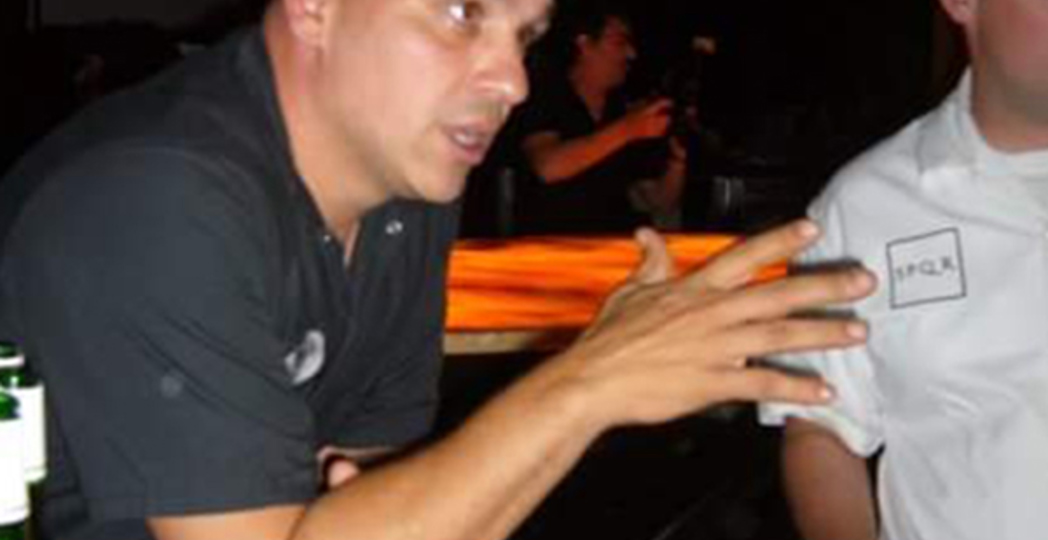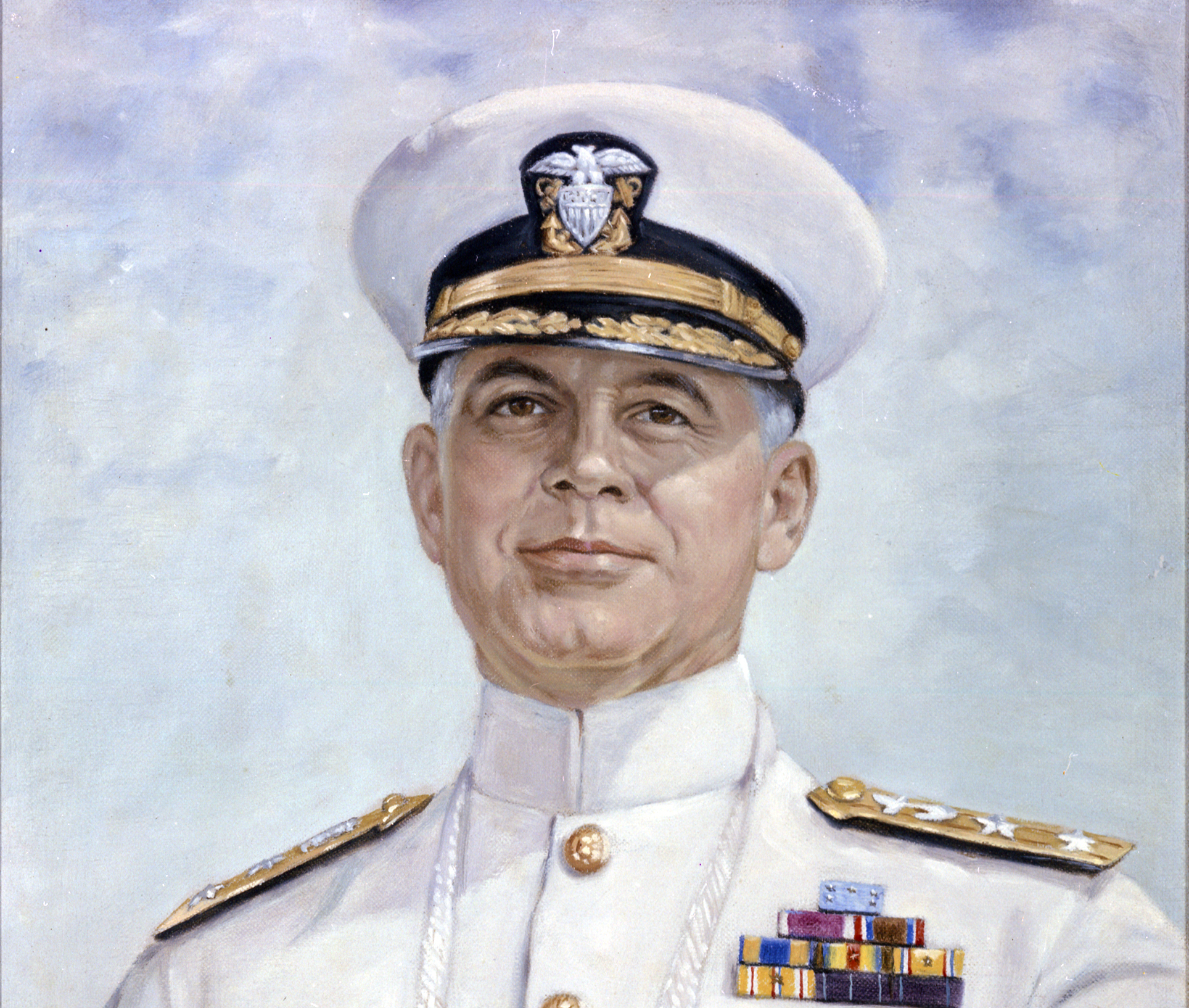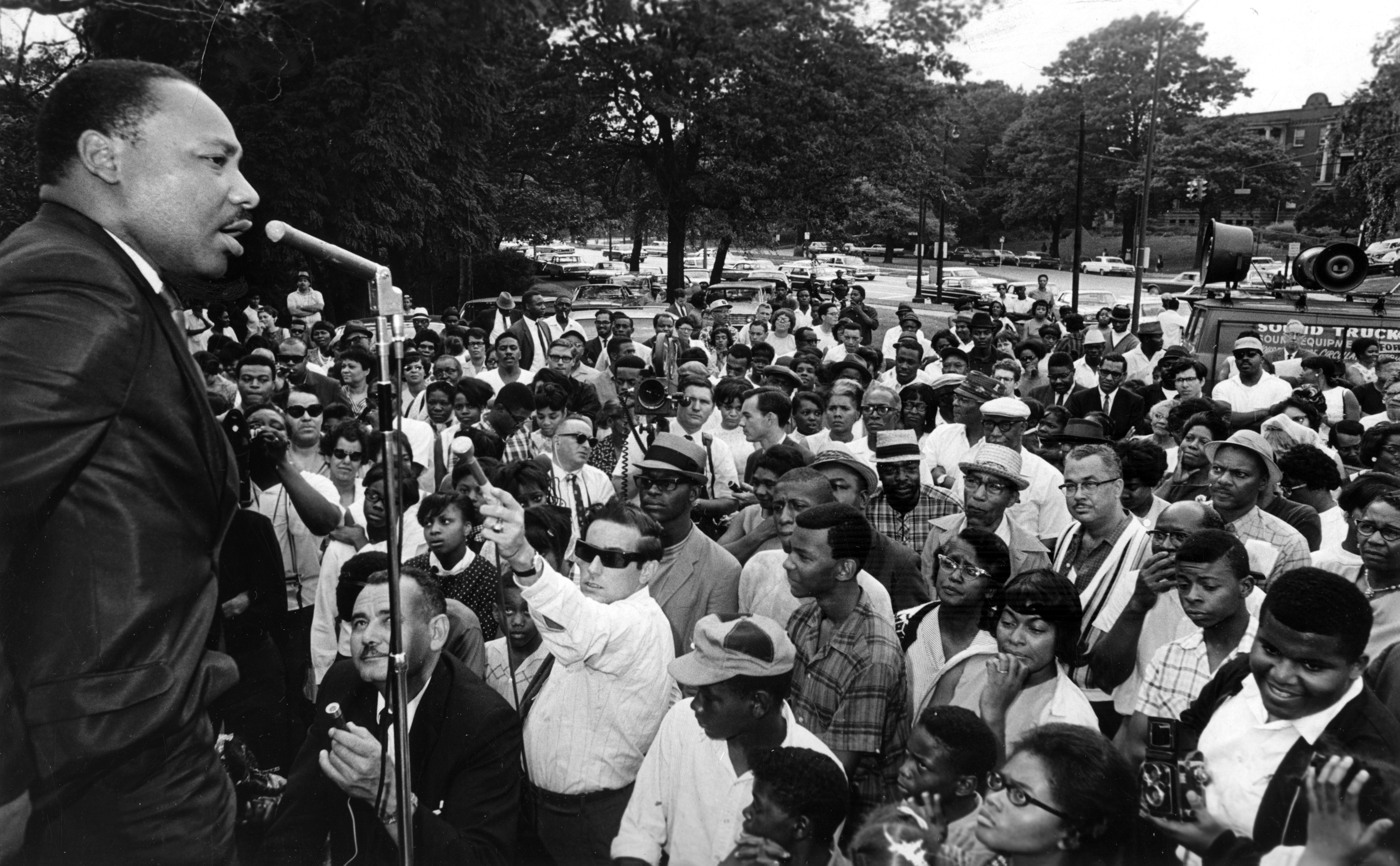The Cleveland 50: Chef Michael Symon Opens Lola in Tremont
by Dillon Stewart | Mar. 29, 2022 | 12:00 PM

Katie Pickens
The day Lola opened, chef Michael Symon borrowed $200 from his father. The Tremont restaurant needed cash in the register, and Symon and his wife, Liz, had only $8 left in their account. “We opened Lola for $125,000," Symon says. Talk about a payoff. Over the next 20 years, Symon would earn national recognition, help spark a downtown renaissance by moving to East Fourth Street and put Cleveland on the culinary map. We talked to Symon, who appears on the Food Network’s Burgers, Brew & ’Que and owns Mabel’s BBQ, about Lola’s legacy.
Read more: The Influentials: Michael Symon
Working The Line: Symon points to Player’s and Caxton Cafe, two places he worked, as laying the groundwork for Cleveland’s dining renaissance. But when the chef returned from a stint in New York in the mid ‘90s, there wasn’t much going on. “My business partner Doug Petkovic and I would hit golf balls down the middle of the street,” says Symon, who was living in a 4,000-square-foot loft in The Bradley for only $900. “Just to give you some perspective of what the Warehouse District was like.”
Build What You Love: Lola, whose kitchen pumped out food until 1 or 2 a.m., was modeled after the off-hour hangouts of New York City chefs. “We wanted a place where we could go wearing jeans and T-shirts and still have killer food,” he says. “We wanted to create an environment that had those things that we love so much in other cities.”
Inspiration: Symon created a menu that reflected his roots as the grandson of an Eastern European pipefitter. “He would buy all the offcuts. I fell in love with those offcuts, and they became a very prominent part of my cooking at that time.”
Creative Interpretations: Now in vogue, old-school butchery like that hadn’t made its comeback. So, Symon got creative when naming certain dishes in order to make them more palatable. “When we did beef cheek pierogies, people were like, ‘What the f*** are you talking about?’ Nobody bought them. Then we started calling them pot roast pierogies, and they became our signature dish. Pork belly became ‘fresh bacon.’ Then people would get addicted, and we’d switch it back. But those are true Cleveland ingredients — the foundation of what I would call Midwestern or Cleveland cuisine. We just repackaged it in a different way for the younger generations — now the older generations — to enjoy again.”
Taking the Leap: “I didn’t want to go downtown because I loved Tremont so much,” Symon says about the move he made in 2007. But creating two distinct restaurants, Lola downtown and Lolita in Tremont, intrigued him. “Lola was an ode to Cleveland and my father and my grandfather, and Lolita was more of an ode to my mom, who is Greek and Sicilian.”
On the Map: Winning Iron Chef in 2008 skyrocketed Symon to new acclaim — and took Cleveland with him. He remembers being asked what his signature dish was. "When I said pierogi, they looked at me like I had seven heads.”
Read more: Tremont's Michael Symon-Sized Hole
Lola Goodbye: Some speculated that Symon, who is expanding Mabel’s BBQ with a second location, used the pandemic as an opportunity to close Lola. Not so. “We were honestly getting plans together to redo the whole thing. We just couldn’t figure out how to do fine dining in that type of atmosphere. It wasn’t the time to sink a million dollars into renovating a restaurant. Emotionally, it was the toughest decision we ever made. But the pandemic just crushed us.”
Family Tree: Maybe the more important legacy to Symon is the impact his restaurants and dishes have had on younger chefs who came through his ranks and even the kitchens of proteges Jonathon Sawyer and Jonathon Seeholzer, who headed up Lolita before launching Greenhouse Tavern and training a new legion of chefs in the Symon framework. “The chefs who came through our restaurant know it’s easier to walk down a path than it is to break a mold. It’s not always about bigger, cheaper, faster.”
Legacy: “We didn’t set out to change the way people feel about eating in downtown Cleveland. We didn’t say ‘Oh, let’s help gentrify this neighborhood.’ That’s things that customers and other people talk about. We just wanted to open a great restaurant and make people happy. Most importantly, we wanted a restaurant that reflected the city.”
One of Cleveland Magazine managing editor Dillon Stewart's biggest regrets is that he never had the chance to eat at the original Lola.
Revisit more of Cleveland’s 50 most impactful moments over the past 50 years.

Dillon Stewart
Dillon Stewart is the editor of Cleveland Magazine. He studied web and magazine writing at Ohio University's E.W. Scripps School of Journalism and got his start as a Cleveland Magazine intern. His mission is to bring the storytelling, voice, beauty and quality of legacy print magazines into the digital age. He's always hungry for a great story about life in Northeast Ohio and beyond.
Trending
-
1
-
2
-
3
-
4
-
5










